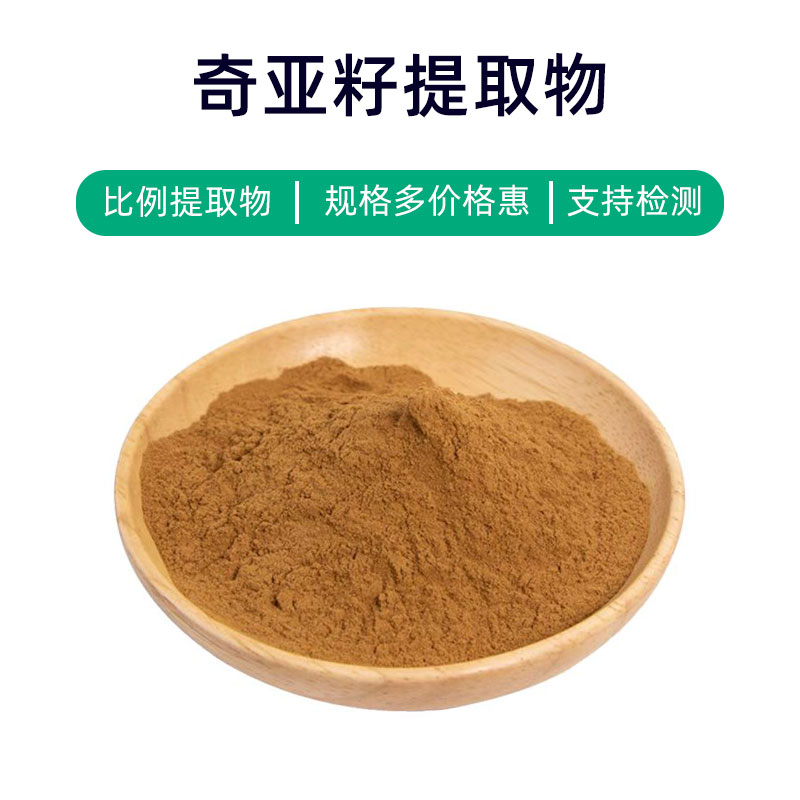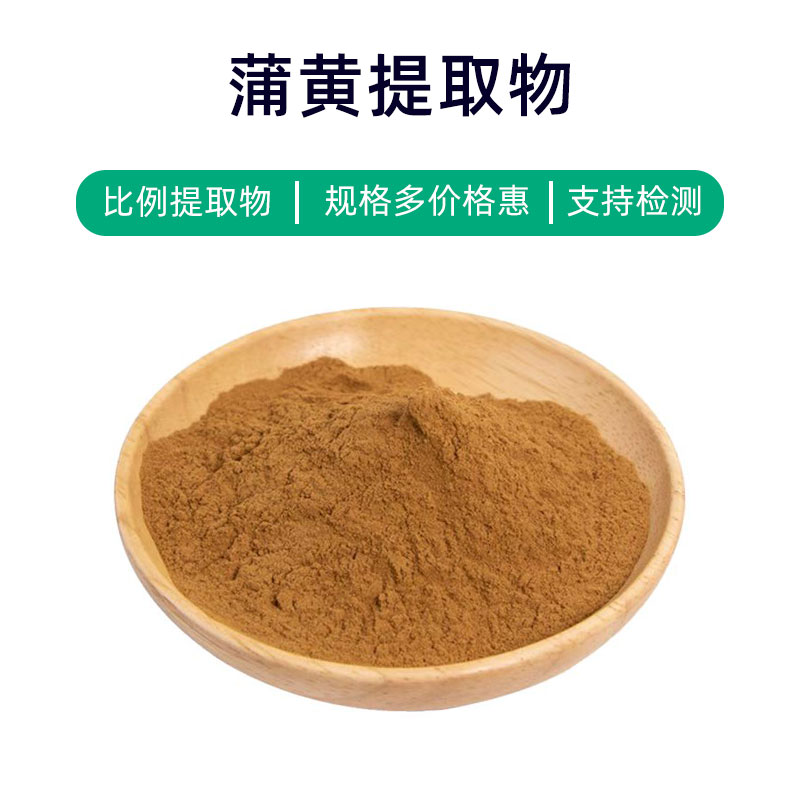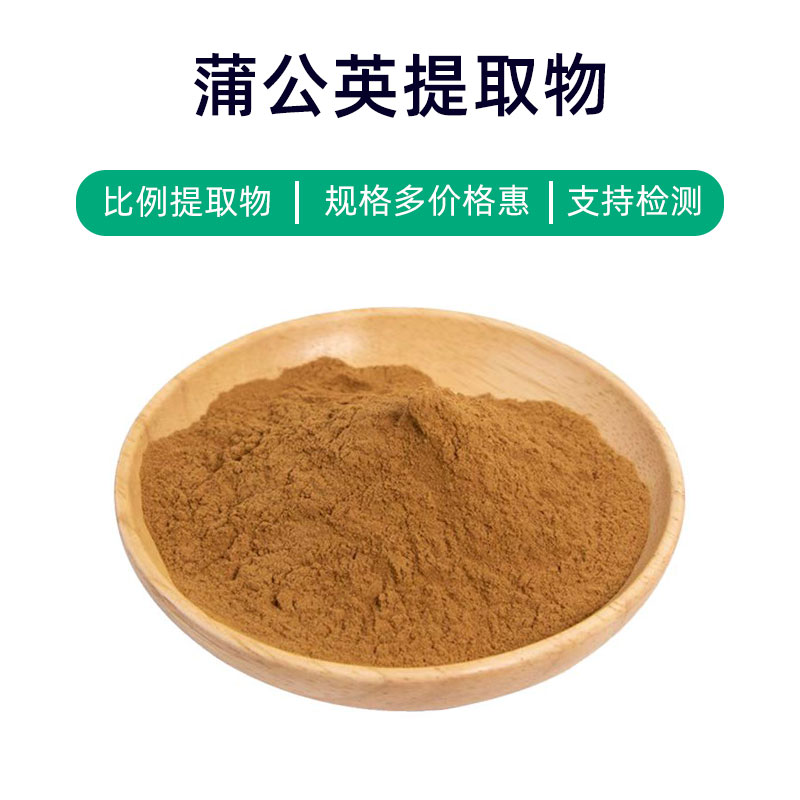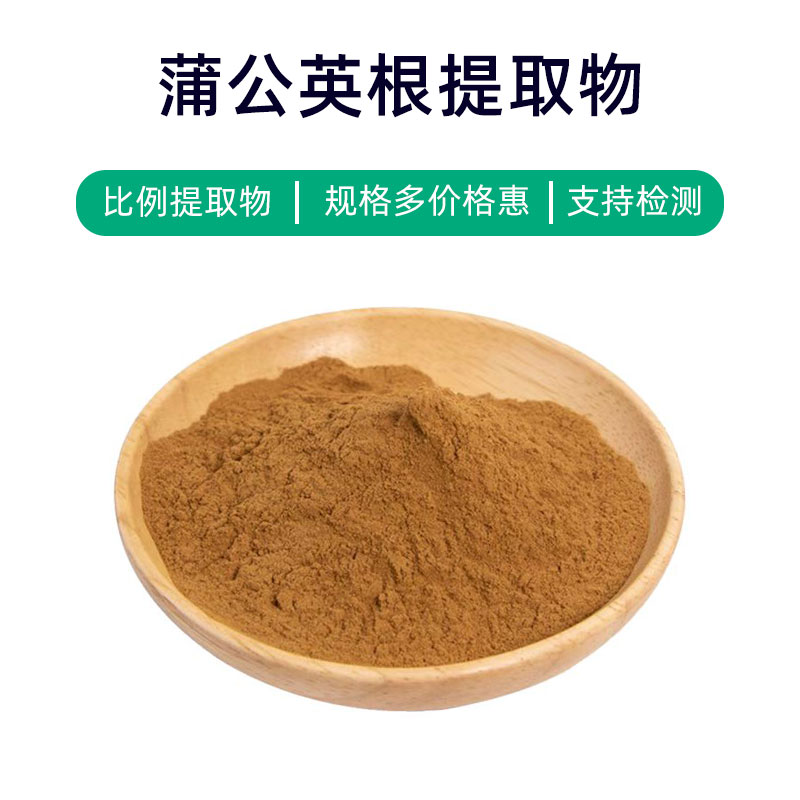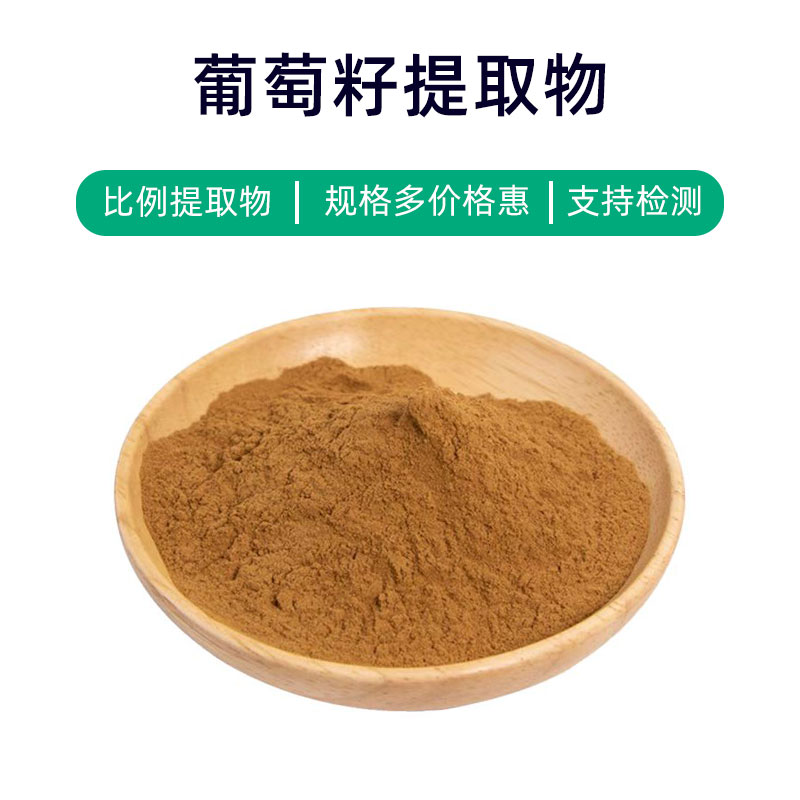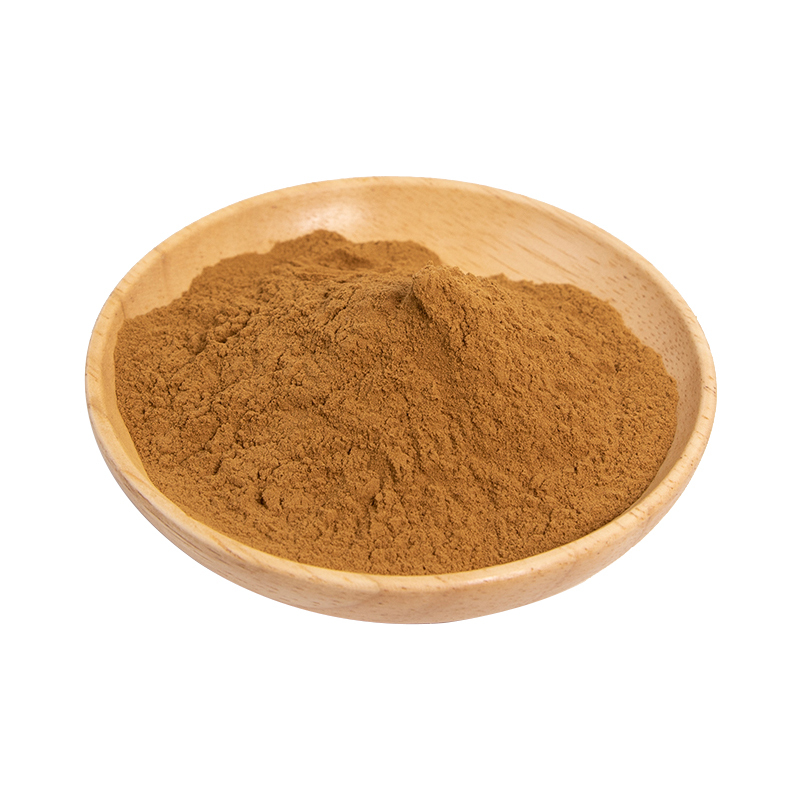Introduction to Black Soybean Skin Extract
Black soybean skin extract is a natural plant extract obtained from the outer skin of black soybeans. Its main components include anthocyanins, isoflavones, flavonoids, and plant phenols, which provide a variety of benefits and applications.
Firstly, black soybean skin extract is rich in powerful antioxidants like anthocyanins, which can effectively neutralize free radicals, delay aging, and help protect the skin from oxidative stress, resulting in a more youthful and vibrant appearance.
Secondly, it also contains abundant isoflavones and flavonoids, which offer anti-inflammatory and anti-aging effects, helping to reduce skin inflammation, alleviate discomfort, promote collagen synthesis, enhance skin elasticity, and reduce the appearance of fine lines and wrinkles, leading to smoother, firmer skin.
Moreover, black soybean skin extract is widely used in the cosmetics industry, often found in skincare products, beauty masks, and anti-aging formulations. Its antioxidant and anti-inflammatory properties make it an ideal ingredient for many skincare products, improving skin texture and enhancing luminosity and clarity.
In summary, black soybean skin extract is a natural plant extract with multiple antioxidant, anti-inflammatory, and anti-aging benefits, suitable for various skincare and beauty products to help improve skin condition and maintain health and youthfulness.
Production Process of Black Soybean Skin Extract
The production process of black soybean skin extract mainly includes the following steps:
- Raw Material Preparation: Select high-quality black soybeans as raw materials. Clean and peel the soybeans to ensure quality and purity.
- Extraction Process: The treated black soybeans are sent to extraction equipment. Common extraction methods include water extraction, alcohol extraction, or supercritical CO2 extraction. Different extraction methods can impact extraction efficiency and product quality.
- Concentration and Separation: The extracted liquid is concentrated to evaporate the moisture and obtain a concentrated extract. Next, the concentrated extract is separated to remove impurities and unwanted components, enhancing product purity.
- Filtration and Purification: The extract undergoes filtration and purification to remove suspended solids and impurities, improving purity and stability.
- Drying and Milling: The purified extract is dried to remove moisture, resulting in a dry extract. It is then milled to achieve the desired particle size.
- Packaging and Storage: Finally, the milled black soybean skin extract is packaged using moisture-proof, light-resistant materials to ensure quality and stability. The packaged extract should be stored in a dry, cool, and well-ventilated space to avoid moisture and direct sunlight, extending product shelf life.
Through this process, high-quality black soybean skin extract can be produced, retaining the effective components of the raw material and ensuring product stability and safety.
Benefits and Side Effects of Black Soybean Skin Extract
As a natural plant extract, black soybean skin extract has several benefits, primarily including:
- Antioxidant Properties: Rich in various natural antioxidants like polyphenols and vitamins, it effectively neutralizes free radicals, protecting cells from oxidative damage and slowing the aging process.
- Lipid-Lowering Effects: Contains abundant plant fibers and soybean isoflavones, which regulate blood lipids, helping to lower cholesterol and triglyceride levels in the blood and prevent cardiovascular diseases.
- Anti-Inflammatory and Antimicrobial Effects: The bioactive components in black soybean skin extract possess certain anti-inflammatory and antimicrobial properties, effectively alleviating inflammatory responses and inhibiting the growth of bacteria and fungi, helping to prevent infections and inflammatory diseases.
- Blood Sugar Regulation: Packed with unsaturated fatty acids and dietary fiber, it can lower the glycemic index of foods, stabilize blood sugar levels, and help control blood sugar, preventing diabetes and its complications.
- Digestive Health Promotion: Rich in dietary fiber, it increases diversity in gut flora, promotes intestinal movement, and helps prevent constipation and colorectal cancer.
- Beauty and Wellness: The polyphenols in the extract protect the skin from damage caused by free radicals and environmental pollutants, slowing skin aging and promoting healthy and youthful skin.
While there are many benefits, potential side effects should be observed. Some individuals may experience allergic reactions such as itching or redness. Additionally, due to its fiber content, excessive intake might cause digestive discomfort or diarrhea. Therefore, consultation with a healthcare provider or nutritionist is recommended before use, adjusting dosage based on individual circumstances.
Application Scenarios and Dosage of Black Soybean Skin Extract
Black soybean skin extract has broad applications in the pharmaceutical, food, and cosmetics industries, with different usage scenarios and dosages as follows:
- Pharmaceutical Field:
- Application Scenario: Commonly used to prepare health supplements and medications to prevent and assist in the treatment of chronic diseases such as cardiovascular diseases, diabetes, and obesity.
- Dosage: Typically available in oral forms like capsules or tablets. Dosage varies based on product formulation; it is usually advised to follow medical guidance, generally 1-2 times a day, with each dose being 1-2 tablets or as prescribed.
- Food Field:
- Application Scenario: Widely used in the processing of various health foods, dietary supplements, and functional foods, such as nutritious drinks and protein powders made from black soybean skin extract.
- Dosage: Generally used as an additive, with the amount and method of addition depending on specific food formulations, typically conforming to food production standards and regulations to ensure safety.
- Cosmetics Field:
- Application Scenario: Commonly included in cosmetics, particularly skincare and beauty products, contributing to antioxidant, moisturizing, anti-inflammatory, and whitening effects.
- Dosage: Usually present as an additive in cosmetics, with amounts determined by the formula, applicable in creams, lotions, serums, etc., to be used as directed in product instructions.
In conclusion, regardless of the field, it is essential to carefully read product labels and instructions before using black soybean skin extract products, following directions to avoid excessive use or improper application that could cause adverse reactions. For special populations such as pregnant or breastfeeding women and those with specific health conditions, usage should be under the guidance of a healthcare provider.
Description of the Source Plant, Distribution, and Growth Environment of Black Soybean Skin Extract
Black soybean (scientific name: Glycine max (L.) Merr.) is a leguminous plant and a major food and oil crop globally. Black soybean skin extract is derived from the outer skin of black soybeans, which have significant nutritional value and widespread growth distribution.
Source Plant Description:
Black soybean is an annual herbaceous plant native to the central and southern regions of China, primarily distributed in tropical and subtropical areas across Asia, North America, South America, and Africa. It has a short growth cycle and is highly adaptable, not requiring strict conditions for climate and soil, thriving in warm and humid environments.
Distribution:
The cultivated areas of black soybean primarily include countries such as China, the United States, Brazil, India, and Argentina. In China, it is mainly found in the Yangtze River basin, Yellow River basin, northeast regions, and southwest areas, with North China, Northeast China, and South China being the primary planting zones.
Growth Environment:
- Climate Conditions: Adaptable with relatively low specific climate requirements, but prefers a warm and humid climate, with an optimal growth temperature of 20-30 degrees Celsius.
- Light Conditions: Thrives in ample sunlight, as sufficient light benefits plant growth and nutrient accumulation.
- Soil Conditions: Not particularly demanding on soil, but it favors loose, well-drained soil and adapts well to acidic soil.
- Moisture Conditions: Requires ample moisture during growth, especially during flowering and fruiting stages, maintaining moist soil.
In summary, as an essential crop, black soybean has a broad growth distribution and strong adaptability, capable of thriving under various climate and soil conditions. The extract obtained from its outer skin holds significant application value in pharmaceuticals, food, and cosmetics sectors, garnering widespread attention and utilization.
Processing and Storage of Black Soybean Skin Extract
The processing of black soybean skin extract typically includes the following steps: First, the harvested black soybeans are cleaned and impurities removed, then the soybean skin is crushed or milled. Next, suitable extraction methods such as water extraction, enzymatic extraction, or solvent extraction are employed to extract effective components from the soybean skin. Finally, concentration, drying, and other processing steps yield the final black soybean skin extract product.
For storage of black soybean skin extract, the following points should be observed: First, store the extract in a cool, dry, and well-ventilated environment, avoiding direct sunlight and high-temperature conditions. Second, select appropriate packaging containers, preferably airtight opaque containers to prevent oxygen, moisture, and light exposure. Additionally, regularly check the extract's condition during storage to ensure its quality and stability. Lastly, avoid contact with harmful substances to maintain the extract's purity and safety.
Monica Sun is a seasoned expert in the plant extraction industry with over a decade of experience in research and production. She specializes in the extraction and purification of plant active ingredients, focusing on driving innovation in natural product applications. Monica has participated in the development of multiple functional plant extracts, delivering high-value natural raw material solutions for the health food, pharmaceutical, and dietary supplement sectors.









